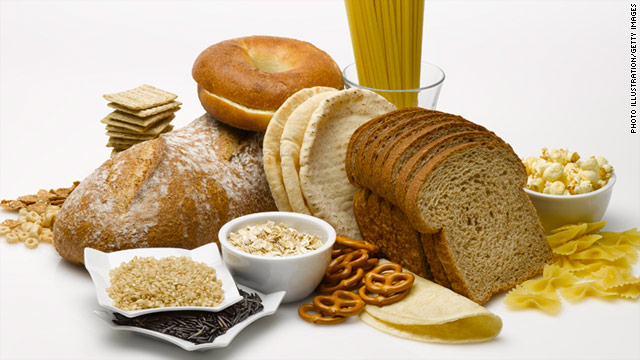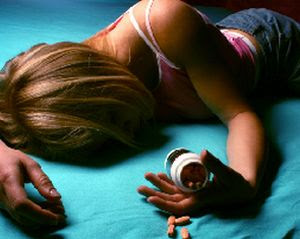Motivating healthy lifestyle from childhood

Motivating healthy lifestyle from childhood is very instrumental in bring up health families from generation to generation
Motivating healthy lifestyle from childhood: Positive eating behaviors in our Children
What can parents do about motivating healthy lifestyle in our children? As parents, we are failing in our duties in developing healthy eating habits. Speaking confidently and positively to your children about healthy foods and role modeling balanced eating is the first step in helping our children to develop a healthy relationship with food. We are all aware that actions speak louder than words. Children watch, listen and learn through what they see. What does that communicate to you? It is simple to set your children up for life by being a positive role model and creates healthy habits from the start and it all begins with you. They need to see you as their parent practicing that privately and publicly. According to doctor Dalal Akoury, MD President and founder of AWAREmed health and wellness resource center, having been in the weight loss discipline for over two decades, is vastly experienced and will be of great help to all parents struggling with their obese children. If this article is addressing your child’s situation or that of a loved one, you can schedule an appointment with doctor Akoury today to be part of this life-changing statistics for a better life of your children and the next generation.
Motivating healthy lifestyle from childhood: How do you achieve this?
Doctor Akoury says that you will be surprised to note that very little common things you often ignore are the very things that will make a difference. Take a look at the following ways of influencing positive eating behaviors in our children:
- Enjoy all foods in moderation.
- Don’t binge on ’occasional’ or ‘extra’ foods.
- Prepare homemade meals and try to encourage your children to help you in the process. In other words, involve your kids in the menu planning and shopping where possible.
- Talk about healthy foods from the five food groups and what they do for your body.
- Ensure your child’s diet is balanced and contains a variety of foods from all the five food groups.
- Encourage drinking of water instead of soft drink or other drinks containing added sugars. Toss in lemon or lime wedges to flavor water.
- Avoid negative language around less healthy foods such as ‘bad’ or ‘fattening’. It’s not the type of food that’s bad, it’s the amount and how often the food is eaten that can be problematic. Instead, refer to these foods as “occasional” or “extra” foods and keep portion sizes small.
- Fill your fridge and pantry with a variety of healthy foods that are easily accessible such as whole fruit, whole grain crackers with slices of reduced-fat cheese, reduced-fat yogurt or pre-sliced veggie sticks with hummus or reduced fat cream cheese.
- As often as possible, eat together at the dinner table and turn off the TV, even if the whole family isn’t present.
- Avoid using food as a reward or bribe, or holding back on foods as punishment. Use activities or trips to the park as alternatives.
Motivating healthy lifestyle from childhood: Don’t forget about physical activity
Being physically active is an important part of a healthy lifestyle and must never be forgotten. The following are some of the elements you can choose to do for help:
- Limit all screen time to two hours or less a day.
- Make time for your kids to play outside or be active for at least an hour every day.
- Be a role model and make physical activity a family event by going for a bush walk, playing family cricket, playing in the park or kicking a ball around.
- Start increasing incidental exercise such as walking to school or the shops, taking the stairs (not the lift), sweeping the path or doing some gardening.
Motivating healthy lifestyle from childhood: Positive eating behaviors in our Children







